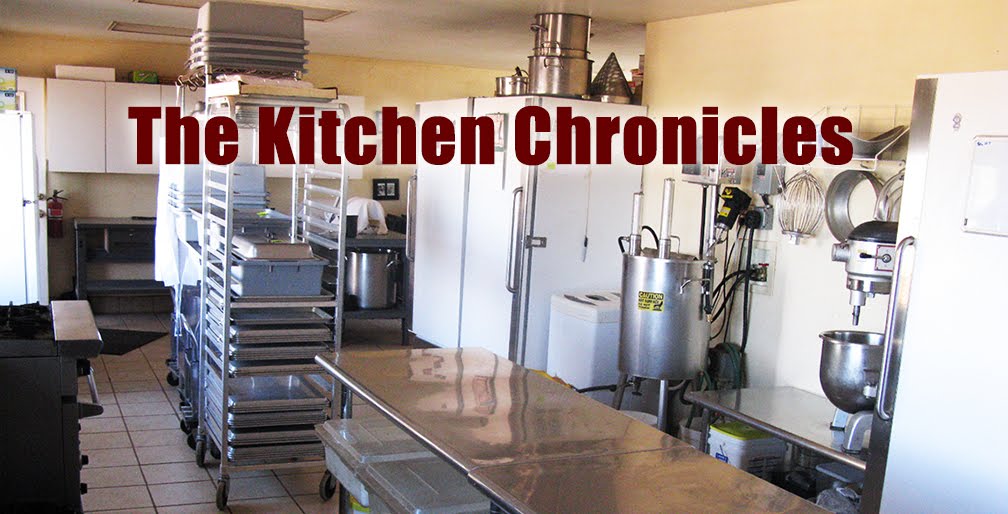So... Let's try to cut through all the confusion right now and look at the differences between five very different, but often confused, cooking methods. Broiling, vs Grilling, vs Griddling, vs Smoking, vs BBQing.
Yes there are some similarities between the methods and some crossover between the styles, but each is distinct and have unique attributes that make them special.
Let's start with Grilling (aka char-grilling). Think: high heat, short cooking time, on an open grate, over live flames.
"So, what about grilled cheese sandwiches?", I hear you ask. Good question! Grilled cheese sandwiches are (obviously) not really "grilled". That would be impractical and incredibly messy.
"Grilled" cheese Sandwiches are generally pan-fried or Griddled (our second cooking method). A griddle is a heavy flat piece of metal, heated from below, usually by gas flames or electric elements, although a camp griddle might be set over hot coals too. The food cooked on a griddle is cooked in some kind of fat (that's what keeps it from sticking to the surface). Some people confuse grilling and griddling or use them interchangeably, but the results are totally different so, PLEASE, keep them straight! And (sorry!), I have no clue why they call them grilled cheese sandwiches.
Another cooking method that gets confused with Grilling is BBQ (aka bar-be-que, barbeque, and sometimes just Q. Method #3). This confusion comes from the fact that we mostly call our backyard grills "barbeques" and when we have friends over to cook burgers and dogs on the weekend, we call it "throwing a barbeque".
REAL BBQing is a low temperature, slow cooking method. And by slow, I mean REALLY slow. 6-12 hours for ribs, 12-18 hours for pork butts, and 24 hours or more for whole steers. Pit roasting and Spit roasting are, arguably other types of BBQing.
Now, Smoking (method four) is closely related to BBQ. It is also a low and slow method. Perfect smoking is accomplished with indirect heat and just the right amount of hardwood smoke enveloping the food. Ideal long-smoked foods have a pinkish color, despite being fully cooked, and will show a marvelous "smoke ring", the pride and joy of the pit master.
There are actually two different smoke methods, which are used for different results. Hot smoking is typical for ribs, brisket, pork butts, poultry etc. Cold smoking is used for pork bellies (bacon), smoked salmon, cheeses, and some types of ham. Cold smoked foods are still uncooked when they come out, but are deeply infused with smoke flavor.
One way to think about it is that some BBQ is also smoked (a pit roast pig might be one that is not), and some smoked foods are also BBQ (smoked salmon is not). But not all are both.
What about Broiling? (our last method to talk about today) Well, broiling is another high-heat, short-time cooking method, like grilling. In this case the heat is generally from electric elements, infrared, or gas flames, applied from the top. This is a great method for melting cheese on a gratin, or maybe flash-cooking fragile fish fillets, as it imparts no flavors of its own. That, of course, can also be the downside if you're looking for that unique outdoorsy flavor of grilling, smoking and BBQing.
So, now you know the important differences. Go cook up a storm!









